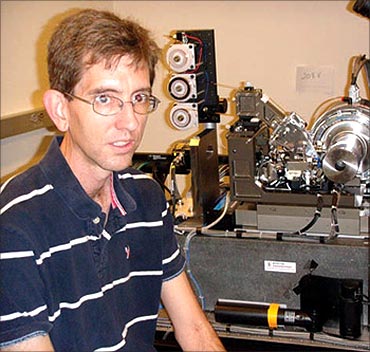
With the first one, he and his colleagues at Harvard University are working on enhancing the power of an instrument that automates the mapping of brain tissues to answer a fundamental question that still faces neuroscience: How are the 100 billion neurons wired in the brain and how they know what function to perform?
...
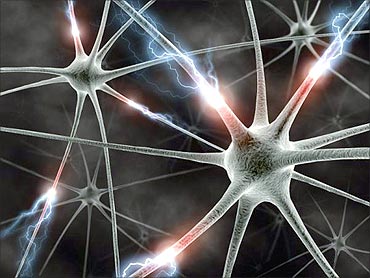
At Harvard, Hayworth and Jeff Lichtman (project head) have developed the Automatic Tape-Collecting Lathe Ultra-microtome to allow efficient nano-scale imaging of large brain tissue volumes.
...
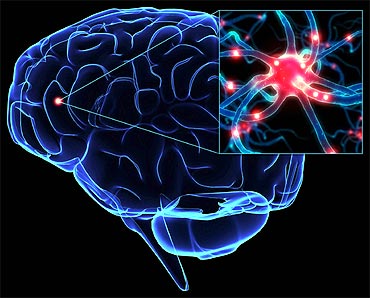
The ATLUM (now just ATUM) will ultimately enable neuroscientists to understand the brain's function by mapping the basic neuronal circuits.
"Neuroscientists want to map the brain to find out how the 100 billion neurons are wired up and how they produce functions.
"The first-generation instrument was a tape-collection mechanism, which I built."
...
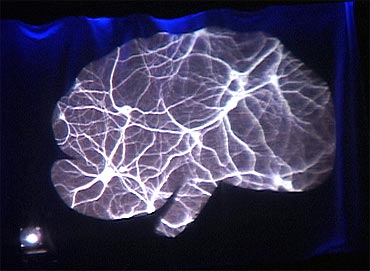
This new version costs just $10,000 to build and hooks on to a commercial ultra-microtome and gives laboratories the ability to collect thousands of ultra-thin sections and then use standard electron microscopes to do very large-scale mapping "because we can cut a cubic millimetre of tissue in a week, though some reliability issues remain".
Hayworth's liking for the brain started when he was in high school.
...
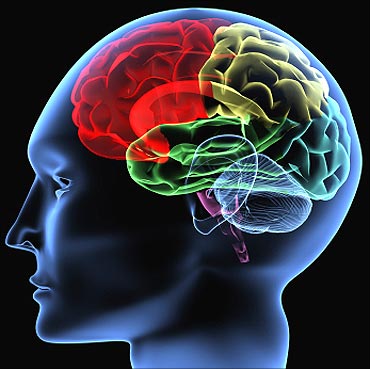
"It was around that time that I picked up a book on 'neural networks' and it hit me that if we could extract the matter from our bodies as information, we would be able to transmit it at the speed of light to the nearest star... like a large radio transmitter that can beam the brain. That's the genesis of my interest in neuroscience," he said.
...

"Most people think that the brain is inscrutable but that hypothesis is wrong so far," asserts Hayworth.
In the next five years, he is confident of seeing an entire human brain preserved chemically and embedded in plastic.
This brain, he explains, can eventually be automatically cut into ultra-thin strips and scanned at very fast rates and high resolutions.
With these maps, neuroscientists can figure out how the neurons are wired and how they create memories, skills and personalities.
...
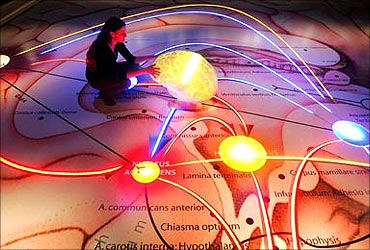
"You can then put all that into a computer, and hook it to a robotic body and flip the switch on. Because it's a direct copy of the individual human brain, that simulation of the brain will be conscious, have the same memories, same skills, personality, etc - from a materialistic point, it will be the same person," says Hayworth.
...

Hayworth, however, has not yet been able to sell his idea effectively.
Many neuroscientists do not agree that a mind can live outside a biological body.
They believe that the mind is too complex to understand. Even those that grudgingly believe that the mind can be uploaded are not sure if it will be the same person.
"They don't believe that a mechanical simulation of the brain would not be conscious, and even if it would be, it won't be the same person," says Hayworth.
...
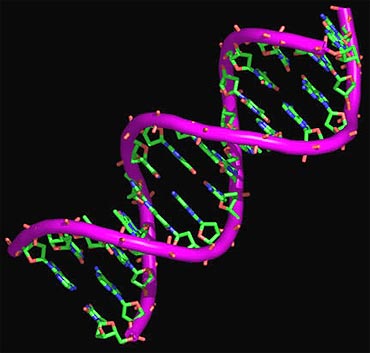
"If this uploaded copy of you has the same memories, same skills and same personality, you have to agree that it's the same individual and this is a method of preserving someone's life," he says.
But Hayworth is convinced that once the scientific and medical community understands that brain preservation techniques (cryonics or plastination) are successful in preserving "high-quality brains", people will come around the idea eventually.
...
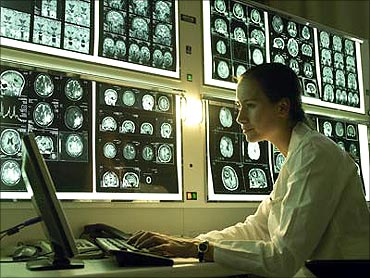
Regardless, he has announced a prize of $106,000 to anyone who can preserve a large mammalian brain such that all the synaptic connections are intact using today's technology.
Two major laboratories are competing for the prize, says Hayworth, adding: "We have to image that brain and verify that claim ourselves. For this, we will need the help of labs and more money. Currently, I have zero money in the bank."
...
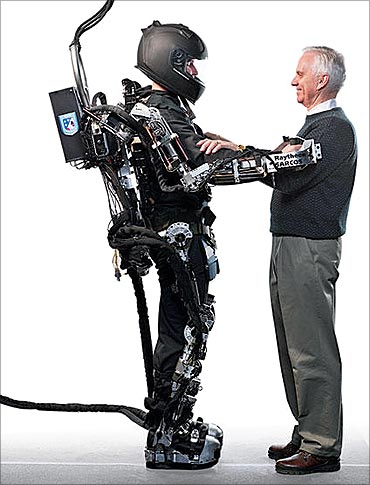
"They believe in this and want to see credibility. Once people start seeing results in brain preservation, there will be more converts".
"Today, we are expendable creatures of evolution. Science tells us that we are here to propagate DNA molecules on to the next generation. I see this as a prison that we are born in, by the fact that we are biological beings.
"But we have consciousness, emotions and feelings. This technology will give us the ability to break out of that prison and not have to grow old, be subject to disease, depression, etc," says Hayworth.
...
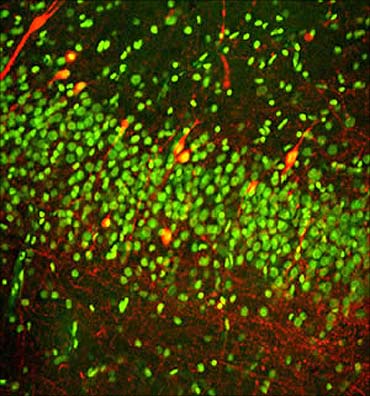
"An uploaded mind will not age and could be vastly more intelligent. An uploaded mind in a robot can explore a well of happiness that we are locked away from in our biological confines," said Hayworth.
"Do we care about our genes or wiring programme? We care about our soul - and science tells us that the soul is a collection of our memories, personality traits and skills, all of which are coded in the neural circuitry.
"That's what we really are and that's the thing that brain preservation and mind uploading will succeed in doing," he said.
(The author, on a sabbatical from Business Standard, is an MIT Knight Science Journalism Research Fellow 2010-11)